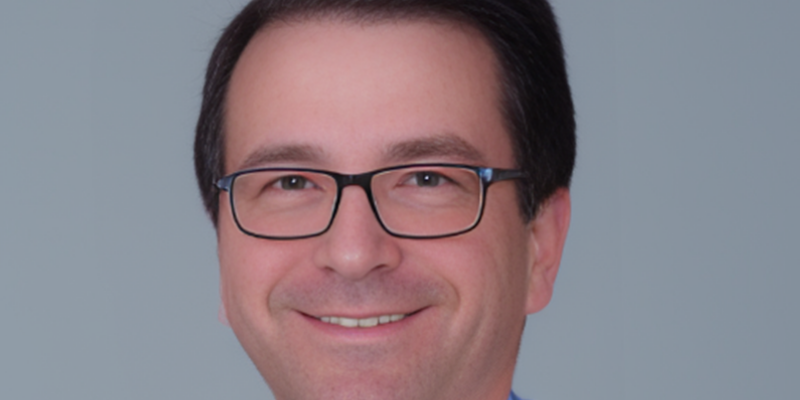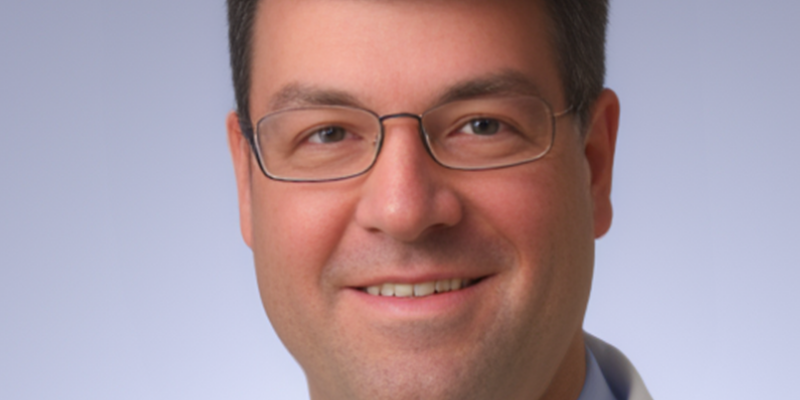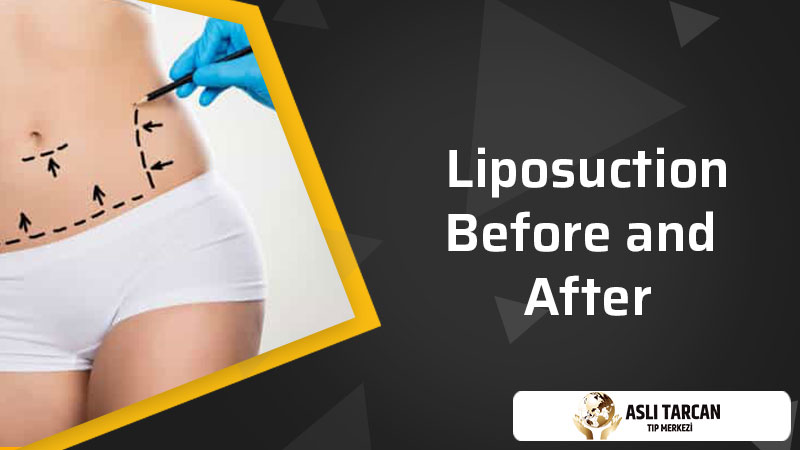Liposuction Before and After Liposuction is the application of gaining a smoother body to people who have fat that cannot be removed with regional slimming methods. Application in general; It is the removal of fat from the body with the help of a special vacuum or special injectors. In liposuction, as in other surgical procedures, a specialist physician examination is important. In the application, which is not a direct slimming method, the body contours are corrected by regional thinning. Liposuction is a procedure that can be applied to any individual who does not have any health problems or pregnancy. In patients with diseases such as heart, blood pressure, diabetes, necessary examinations should be made before the application. To avoid a risky situation, all necessary information should be communicated to the doctor, liposuction before and after.
To have liposuction, your general health must be good. It is recommended to have a body mass index below 30%. This means that you are close to ideal weight. It is important to have firm and supple skin. Smoking should not be allowed. Those who have a health problem related to the circulatory system, heart disease, diabetes, or a weak immune system, should give all this information to the doctor before the operation. Also, the doctor should be told about allergies and medications used. It is recommended not to take medications such as blood thinners and some pain relievers 2 weeks before the operation.
Does Swelling Occur In Liposuction Aesthetics?
There are certain types of liposuction surgery. According to these types, if more than 2 liters of fat are taken, hospitalization is required. However, although it depends on the type of surgery, it usually does not require hospitalization of fewer than 2 liters of fat taken. Again, depending on the type of technique used and the skin structure, bruising, swelling and pain may occur.
Patient’s surgeon may ask you to wear a corset in the operating room to control swelling and new body shape. Corset use can continue for an average of 3-4 weeks. Employees can return to work within 2 days and participate in normal activities within 6 weeks. The weight will not change immediately after liposuction. There is no change in weight as the areas where fat is removed are filled with blood and fluid. The change starts after 1 month and ends after an average of 3 months.
How is Liposuction Surgery Performed?
Liposuction is performed in the operating room under the supervision of an anesthesiologist. Local or general anesthesia is applied to the patient, depending on the width of the application area and the number of regions. In liposuction surgery, the fatty area is inflated with a special liquid injection. Then, a few mm long incisions are made on or near this area. Then, according to the patient’s condition, metal pipes called ‘cannulae’ with a diameter of 2-4 mm are inserted into the subcutaneous layer through these incisions. The cannulas are connected to the vacuum device with transparent tubes. The vacuum device is started and the process of removing excess fat starts by moving the cannulas to the fat accumulation areas at the appropriate depth. The process of absorbing the oils by means of vacuum continues until the desired body lines and a smooth skin surface are achieved.
Liposuction surgery takes an average of 1-5 hours. Fat up to 5% of the patient’s weight in kilograms can be taken. When the necessary precautions are taken in the hands of a specialist doctor, the amount of fat intake that can be taken may increase. However, a fat intake of 5% of the patient’s kilogram weight is generally appropriate.
Is Liposuction Permanent?
Liposuction surgery should be performed by a specialist doctor with the necessary controls. This surgery, in which the doctor’s experience is extremely important, is started if the patient is suitable. After the problematic areas are marked, the operation is performed with anesthesia. Some burning and pain may be felt after the operation, depending on the area of operation. However, these are very minimal and can be easily controlled with simple painkillers and rest.
Since the surgery is performed under general anesthesia, the patient must stay in the hospital for 1-2 days. After the operation, the patient is dressed in special corsets. These corsets should be used for an average of 4-6 weeks. Some incision marks are seen on the body after the operation. However, these incision scars disappear over time. In liposuction surgery, the number of fat cells decreases regionally. These fat cells do not regenerate themselves. The result is permanent as long as the patient maintains his weight.
However, if the patient gains and loses excessive weight, the remaining cells continue to store fat and increase their volume, so they can replace the lost cells in volume. For this reason, liposuction surgery is not harmful when performed properly on the appropriate person. It has benefits. Getting rid of the unnecessary fat load in the body is very beneficial for our general health.
What Should Be Considered After Liposuction?
Iron consumption plays an important role in the removal of bruises and scratches after liposuction surgery. Iron material; It provides the production of blood cells, preventing fatigue, and gaining the true color tone of the skin. The consumption of iron is recommended for patients who want to recover naturally. During this period, tea and coffee should not be consumed too much.
Vitamin C supplements also increase the speed of healing while regulating capillary blood circulation. With its antioxidant properties, it also helps to remove toxins that occur during surgery. Also, vitamin C is an important factor in fighting infections and preventing infection in surgical wounds. Zinc consumption increases the healing process of internal and external surgery wounds in the body. It helps your damaged tissues to mature and repair again. Liposuction before and after, due to its fat burning feature zinc is recommended.
BBL Fat Transfer Turkey Procedure
The BBL fat transfer Turkey is a popular procedure for those looking to increase the size and shape of their buttocks. This procedure involves taking fat from other areas of the body, such as the abdomen, back, or thighs, and transferring it to the buttocks. It is an increasingly popular procedure in Turkey due to its affordability and efficacy. The BBL procedure Turkey begins with a consultation between the patient and their surgeon. During this time, the surgeon will assess the patient’s overall health and determine the best approach to take when performing the fat transfer. The fat will then be extracted from the donor site using liposuction. Once the fat has been extracted, it will be processed and purified before being injected into the buttocks. This helps ensure that only healthy fat cells are transferred, which helps reduce any potential complications.

The recovery period after a BBLFat transfer Turkey is relatively short compared to other cosmetic procedures. Most patients are able to return to their normal activities within a few days of the procedure. However, it is important to follow all post-operative instructions provided by your surgeon to ensure a successful recovery. If you are interested in learning more about Turkey BBL surgery, contact a qualified cosmetic surgeon in Turkey for more information.





